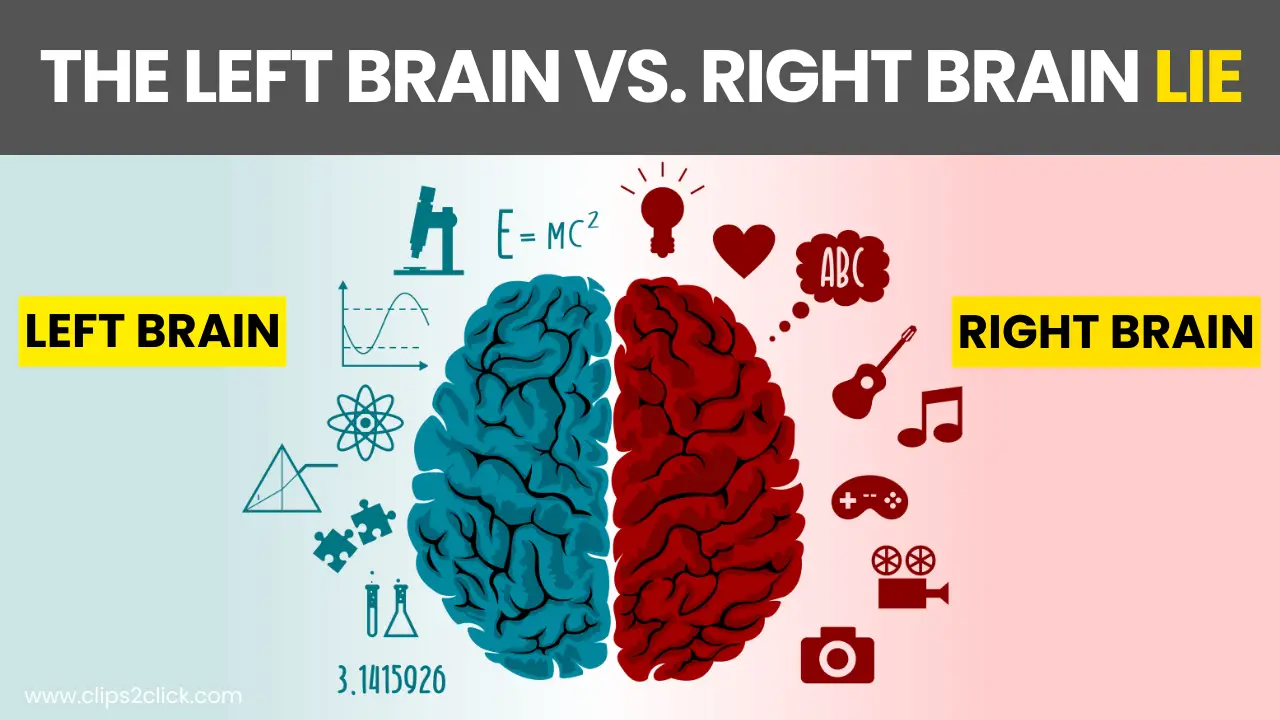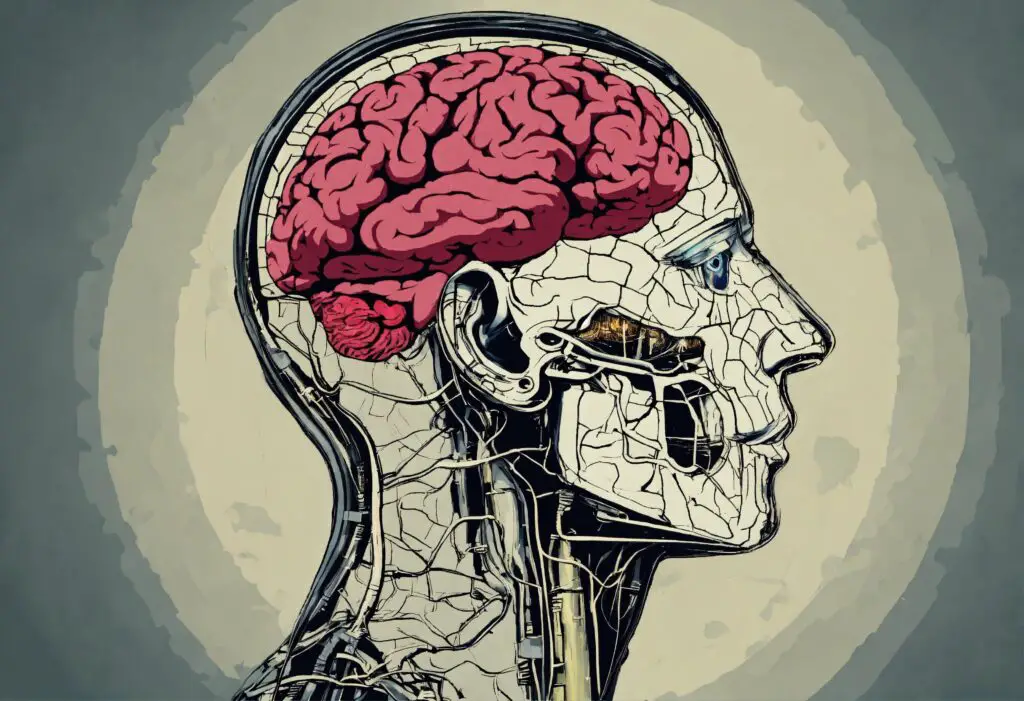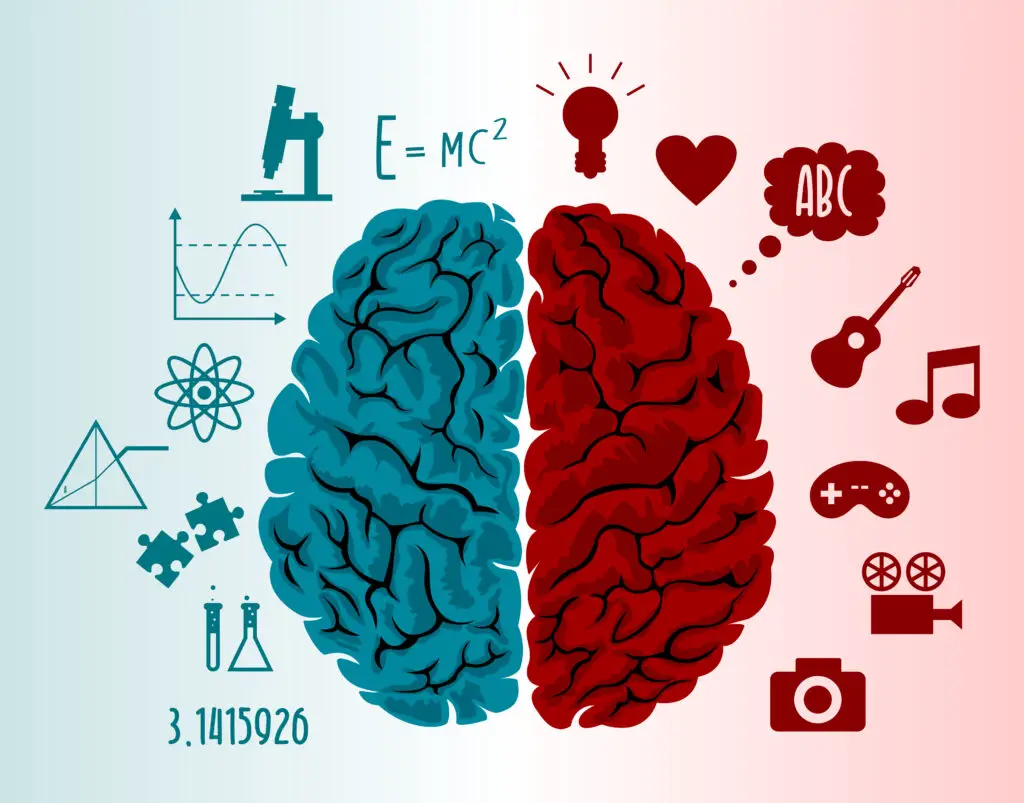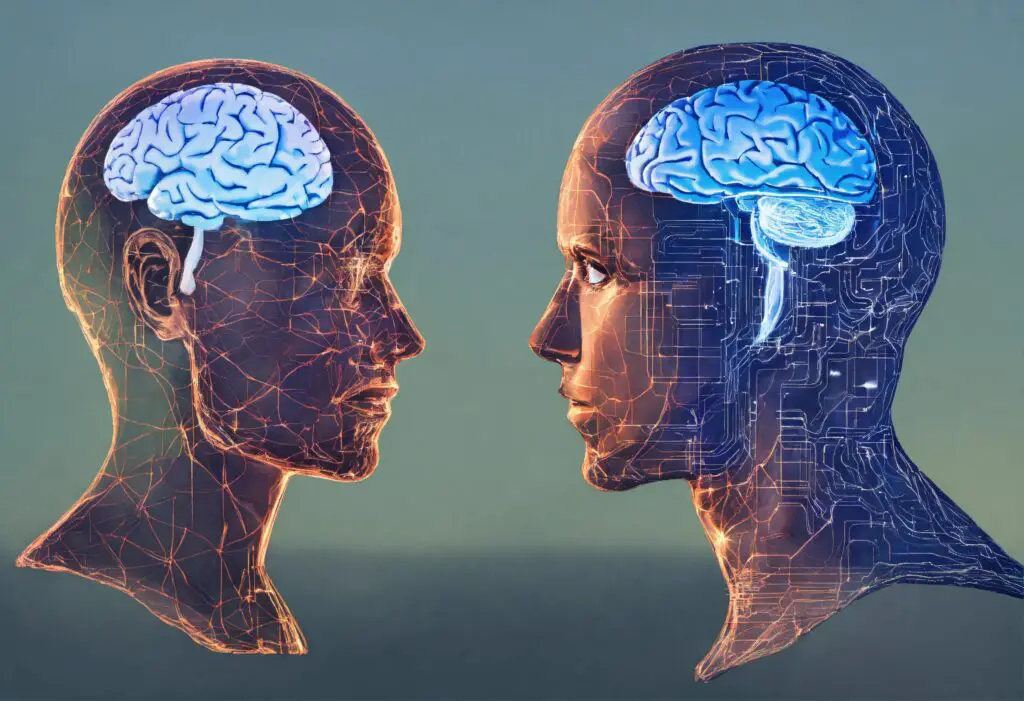Debunking the "Right Brain vs Left Brain" Myth: Unlocking Your Mind's Full Potential

Are you a “right-brained” creative type or a “left-brained” logical thinker? This popular notion has been a widespread myth for decades, but recent scientific research has something fascinating to reveal about the complexities of the human mind.
For years, we’ve been led to believe that the left brain controls analytical and logical thinking, while the right brain is responsible for creativity and intuition.
It was an intriguing theory that seemed to make sense – until neuroscientists took a closer look. In a groundbreaking 2013 study, researchers analyzed brain scans of over 1,000 people and found no evidence that one side of the brain is more dominant than the other.
The human brain is an absolute marvel – a powerful, adaptable organ that defies simple categorization. While certain regions do specialize in specific functions, like language processing on the left and spatial awareness on the right, the two sides are constantly collaborating and compensating for each other. Imagine the brain as an incredible symphony, with each section playing its part harmoniously to create a masterpiece.

But here’s the really mind-blowing part: our brains are incredibly malleable, capable of learning and growing throughout our entire lives. Each time we acquire a new skill or knowledge, our neural pathways reorganize and strengthen, quite literally reshaping the physical structure of our minds.
So whether you excel at math and logic or have a knack for creativity and intuition, it’s not because you’re purely “left-brained” or “right-brained.” It’s because you’ve developed those neural connections through practice and experience.
The Myth of Left Brain vs Right Brain Dominance

The “left brain vs right brain” theory originated from the work of Roger W. Sperry, a Nobel Prize-winning psychobiologist. In the 1960s, Sperry studied brain functioning in patients who had their corpus callosum (the structure that connects the two hemispheres) surgically severed to treat epilepsy.
Based on his observations, Sperry suggested that language was controlled by the left side of the brain, while the right side was responsible for spatial awareness and visual comprehension. This idea gained popularity and led to the oversimplified belief that people were either “left-brained” (analytical, methodical, logical) or “right-brained” (creative, emotional, intuitive).
However, subsequent research has debunked this myth, revealing a far more nuanced and integrated picture of brain function. In fact, a 2013 review by a team of neuroscientists found no proof that the “left brain vs right brain” theory is correct. Magnetic resonance imaging of 1,000 people revealed that the human brain doesn’t favor one side over the other, nor are the networks on one side stronger than the other.
The Brain: A Unified, Adaptable Masterpiece

Far from being separate and dominant, the two hemispheres of our brain are intricately connected and work together seamlessly. Bundles of nerve fibers tie the hemispheres together, creating an information highway that allows them to complement each other’s functions.
For example, while the left brain has traditionally been associated with handling mathematical equations, recent research suggests that the right hemisphere plays a crucial role in spatial awareness during complex calculations, understanding numbers with zeros, and representing numbers nonverbally.
Similarly, while the left brain is often credited with language processing, studies show that the right brain contributes significantly to understanding context, non-literal language (like metaphors and irony), and visualizing language.
This integration and collaboration between the two hemispheres are what allow our brains to perform the incredible range of tasks we take for granted daily – from solving complex problems to appreciating art and music.
Unleashing Your Brain’s Potential

So, if we’re not strictly “left-brained” or “right-brained,” how can we tap into our brain’s full potential? The key lies in embracing a growth mindset and nurturing the malleable nature of our neural networks.
Here are some tips to keep your brain sharp and unlock its boundless capabilities:
1. Engage in Brain-Training Exercises:
Activities like puzzles, reading, trying new skills, and playing memory games can help improve and maintain cognitive function.
2. Stay Physically Active:
Aerobic exercise has been shown to benefit brain health, particularly episodic memory in older adults and those with dementia.
3. Prioritize Nutrition:
A diet rich in whole foods, healthy fats, and antioxidants can nourish your brain and support its functions.
4. Get Enough Sleep:
Quality sleep is vital for your brain to consolidate memories, remove toxin buildup, and facilitate communication between neurons.
5. Embrace Lifelong Learning:
Continually exposing your brain to new information and challenges can stimulate the formation of new neural connections, keeping your mind sharp and adaptable.
By shedding the limiting belief of “left brain vs right brain” dominance, you open yourself to the incredible potential of your unified, ever-evolving mind.
Embrace your unique blend of talents, keep learning and growing, and let your brilliant brain continue to defy expectations – because when it comes to unlocking our true potential, the only limits are the ones we impose on ourselves.




